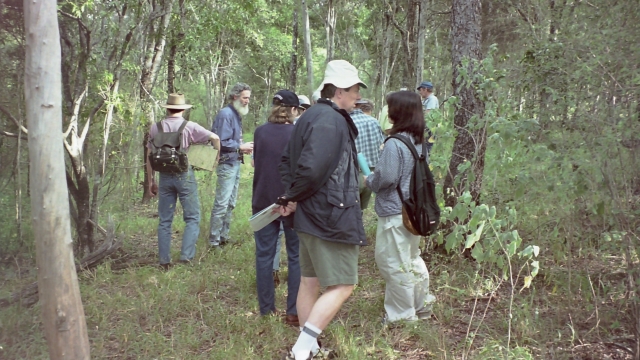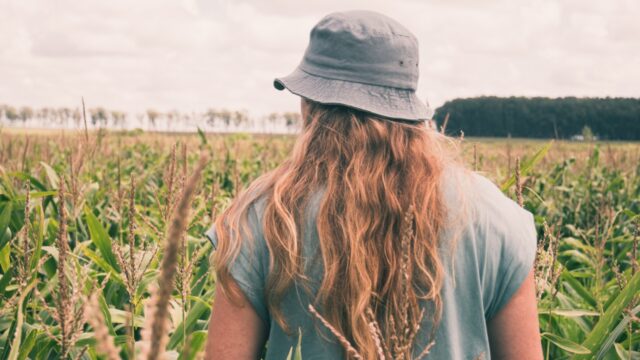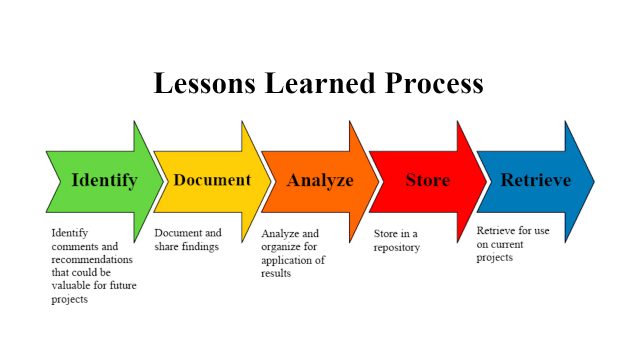
Case studies of knowledge exchange in rural communities and across the rural-urban divide
Currently, 55% of the world’s population lives in urban areas, with this proportion projected to rise1to 68% by 2050 due to continued large-scale migration from rural areas. However, despite dwindling populations, rural areas make up a substantial proportion of the landscape, and rural communities continue to make a vital contribution to the world and its economy.
For example, in the United States, rural areas make up nearly 72 percent of the land area, and are home to 46 million people. They provide most of the country’s food, raw materials, drinking water, and clean air. Agriculture dominates the landscape, but there’s also industrial areas, mining, oil and gas extraction, timber harvesting, recreational areas, and peri-urban areas on the fringes of cities.
While the net migration is from rural areas to urban areas, there are also some people going the other way. These are the tree changers, who leave behind the bustle, stress, noise, pollution, crime, and expense of cities for what they anticipate will be a quieter, more relaxed, cleaner, safer, and more affordable lifestyle. As growing cities become more crowded and hectic, the number of tree changers will very likely increase.
With urban populations greatly increasing as a result of migration from rural areas, there’s the potential for urban residents, including policy makers, to lose touch with rural issues and concerns. Conversely, many of the tree changers going the other way will lack the skills and knowledge they need to readily adapt to living in a rural landscape. But rural communities can also lack access to important knowledge.
What follows is a series of four different case studies that show how rural and urban communities are rising to the challenge and addressing these issues.
Kentucky Rural-Urban Exchange (United States)
As Sarah Baird discusses in an article in CityLab, the Kentucky Rural-Urban Exchange (RUX) program was launched in 2014 and brings together leaders in diverse fields from across the state of Kentucky. RUX participants go on three weekend-long retreats over the course of a year to strengthen bonds with people from other parts of the state, creating what RUX organizers describe as a “currency of connection.” Each retreat revolves around activities that reflect local life and culture in the particular area where they are held.
The rural-urban divide is growing in Kentucky, with population growth greater in urban areas and a steep and widening rural-urban income disparity. RUX is helping to bridge that divide, and also has the potential to inspire urban residents to take up (or return to) the rural lifestyle.
Building Bridges to Boorowa (Australia)
Sydney is Australia’s most populous city, and the capital of the state of New South Wales (NSW). Sydney also has areas of significant bushland, both throughout the greater urban area and on the fringes of the city. These bushland areas host a large number of rare and threatened flora and fauna species and ecological communities. Because of this, local governments throughout Sydney invest considerably in bushland conservation, including supporting community Bushcare which engages a large number of volunteers. A survey found that in 2012 there were 27,971 environmental volunteers in the Sydney region, and of these, 7,542 were involved in Bushcare programs.
As well as being a large labour force, these volunteers have a wealth of bush regeneration expertise. Some years ago, a Bushcare volunteer from North Sydney, Ross McClelland, got the idea for using this labour and expertise to help a rural community that was also working to conserve a threatened flora species, the Superb Parrot. The rural community is located around the farming town of Boorowa, 340km west of Sydney.
Since September 2000, the North Sydney Council “Building Bridges to Boorowa” program has seen busloads of North Sydney Bushcare volunteers travel to Boorowa, where they have now planted over 40,000 trees, shrubs, and groundcovers. As well as assisting the Superb Parrot, the plantings provide benefits for the farmers, for example helping to prevent erosion. The volunteers have also established strong friendships with the local community.
A comprehensive overview of the Building Bridges to Boorowa program, including stories from Ross MClelland, other volunteers, and Boorowa farmers, can be found in a special edition newsletter celebrating the 15th anniversary of the program.
This Farm Needs A Farmer (Australia)
Many tree changers find hobby farming very challenging because of a lack of farming experience and limited knowledge of local environmental conditions. At the same time, rural communities have retired farmers with many decades of knowledge and experience.
As Helen Taylor and Nikolai Beilharz report for ABC Rural, the This Farm Needs a Farmer program connects these novice tree changers and experienced farmers so that the farmers can share their knowledge with the newcomers.
This Farm Needs a Farmer is the initiative of Rural Woman of the Year for the state of Victoria, Melissa Connors. She and her husband had escaped the hectic life in Victoria’s capital Melbourne for what they thought would be a calmer existence in rural Kyneton, but found they were constantly out of their depth, and many things went wrong. She ended up approaching her farmer neighbour for help, and found his wealth of knowledge to be invaluable. It was this that gave her the inspiration to establish This Farm Needs a Farmer.
Living in the Lockyer (Australia)
The Lockyer Valley is located approximately 100km west of Brisbane, the capital city of the state of Queensland. Referred to as “Australia’s Salad Bowl”, it’s an area of rich agricultural land. However, its close proximity to Brisbane and the major regional cities of Ipswich and Toowoomba also means that it has been the focus of a considerable amount of peri-urban development that has negatively impacted on the landscape. Better land planning measures2have considerably reduced this development in recent years.
The peri-urban development saw formerly large grazing and timber production properties subdivided into numerous small blocks that were then purchased by tree changers, often as hobby farms. Spurred on by deceptive real estate advertising that promoted these small properties as viable farms, many of the hobby farmers carried out inappropriate levels of grazing, cultivation, or tree harvesting, resulting in environmental degradation.
Greatly concerned by this, the Lockyer Catchment Association took the approach of preparing and providing comprehensive educational resources for peri-urban property owners, with associated training. A key resource was the guidebook Living in the Lockyer – A Landholders Guide to Land, Water, Wildlife and Vegetation Management in the Lockyer Catchment and Surrounds, which has since been superseded by the new resource Living in the Landscape: the Lockyer Valley. A guide to property and landscape management3
As part of my work for the Lockyer Catchment Association, I prepared a Property Management Planning Kit4 as a practical resource to help property owners implement the recommendations in the guidebook. I also conducted train-the-trainer workshops to train Lockyer Catchment community group representatives in the use of the kit, and property management planning workshops using the kit for landholders in the Lockyer and nearby Oxley Creek catchments.
Acknowledgement: I thank RealKM Silver Patron Stuart French for suggesting this article. Stuart is Program Manager, Knowledge at the Victorian Country Fire Authority (CFA).
Header image caption and source: The “Touch of Paradise” nature trail in the Lockyer Valley was designed to educate visitors from urban areas about rural nature conservation issues. Image by Bruce Boyes, licensed under CC BY 4.0.
References:
- United Nations, Department of Economic and Social Affairs, Population Division (2019). World Urbanization Prospects: The 2018 Revision (ST/ESA/SER.A/420). New York: United Nations. ↩
- Boyes, B. (2001). Land Use Planning Handbook for the Lockyer Catchment. Lockyer Catchment Association (LCA) Inc., Forest Hill. ↩
- Galbraith, R. (ed)(2009). Living in the Landscape: the Lockyer Valley. A guide to property and
landscape management. Brisbane: South East Queensland Catchments Limited. ↩ - Boyes, B. (2001). Living in the Lockyer Property Management Planning Kit. Lockyer Catchment Centre, Forest Hill. ↩
Also published on Medium.



